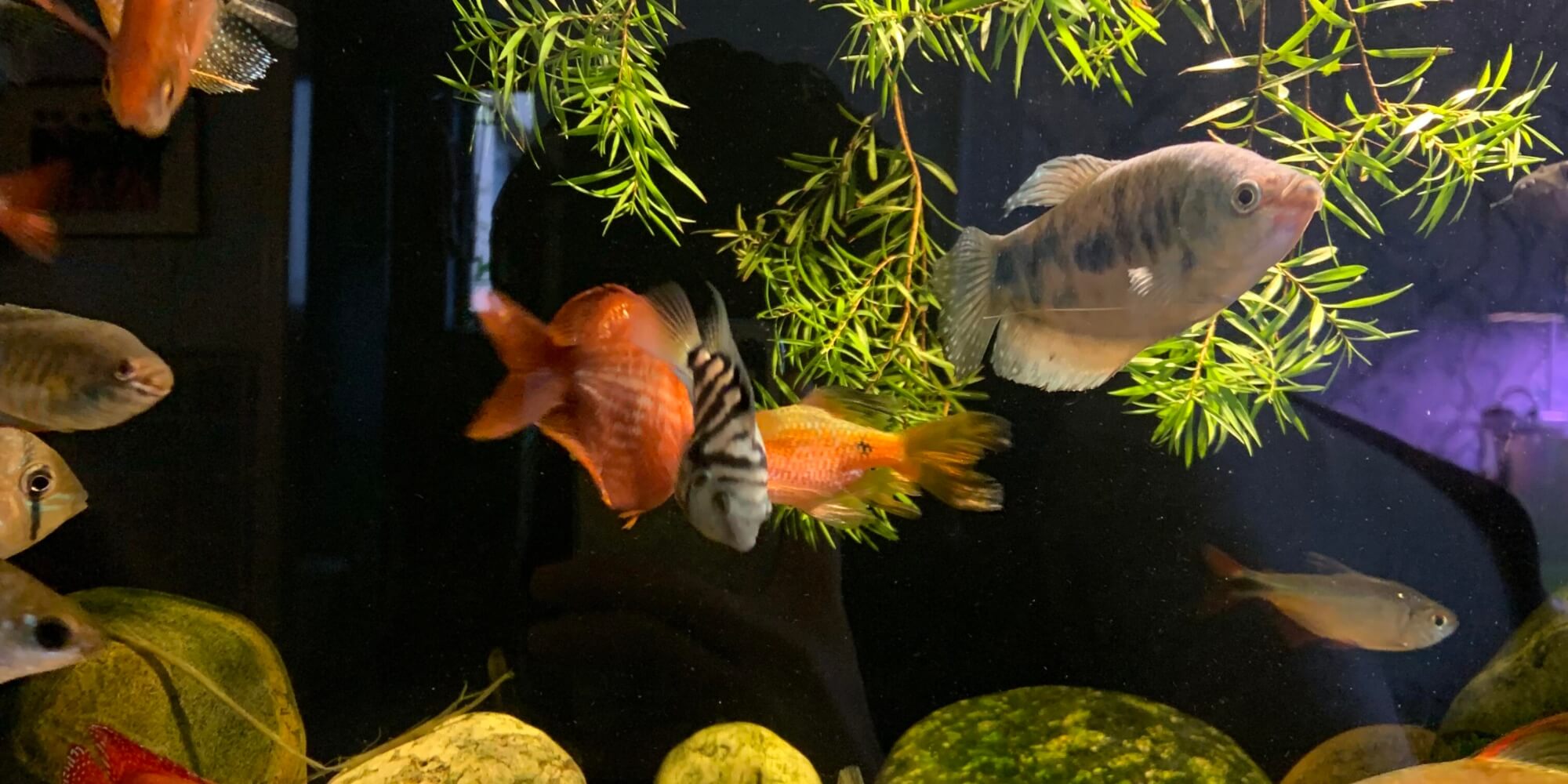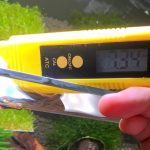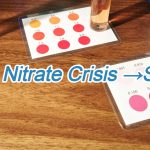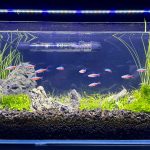So, you’re planning a trip and suddenly realize: Who’s going to feed the fish?
Don’t panic! Whether you’re leaving for a weekend or a longer getaway, understanding how long fish can go without food is key to keeping your finned friends happy. Let’s dive into the facts (no snorkel required).
What Happens When Fish Don’t Eat?
Fish aren’t like dogs that beg for dinner every 5 minutes. In the wild, they often go days without a full meal. But your aquarium isn’t the Amazon River. Most healthy adult fish can survive 3-7 days without food, but here’s the catch:
- Goldfish are the camels of the fish world. They can handle up to 2 weeks thanks to slower metabolisms and their love for snacking on algae.
- Tropical fish (like neon tetras or bettas) need meals every 2-3 days. Warm water speeds up their digestion, meaning they get hungrier faster.
- Big fish (koi, cichlids) often last longer than small ones. Think of it like this: a bear survives winter hibernation better than a squirrel.
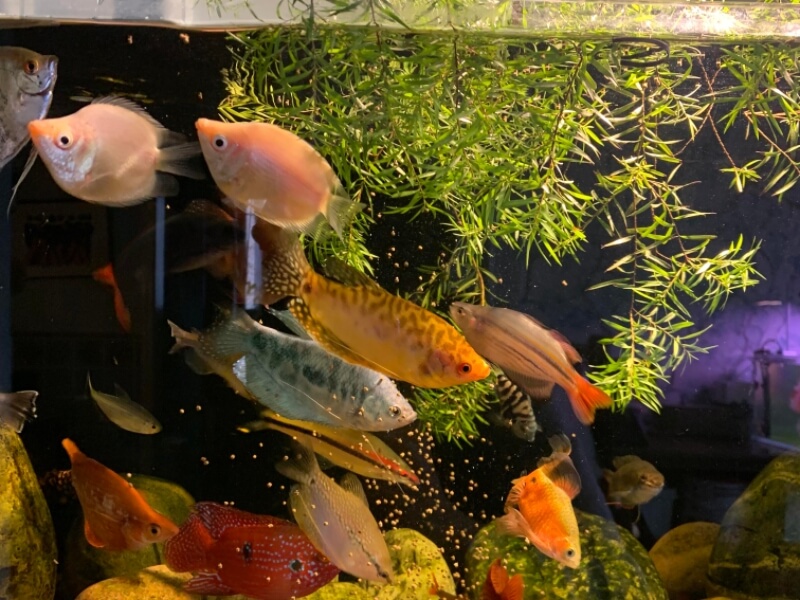
Fish-Specific Fasting Limits
| Fish Type | Max Safe Fasting Time | Notes |
|---|---|---|
| Goldfish | 10-14 days | Grazes on algae, hardy metabolism |
| Bettas | 4-5 days | Tropical; warm water speeds hunger |
| Neon Tetras | 3-4 days | Small size = Faster energy burn |
| Koi/Cichlids | 7-10 days | Larger bodies store more energy |
| Saltwater Fish | 3-5 days | Sensitive; avoid feeder blocks in reef tanks |
5 Factors That Change the Rules
- Fish Age & Health: Baby fish or sick ones need daily feeding. Skipping meals? Not an option.
- Tank Temperature: A tropical tank set to 80°F (27°C) burns energy faster than a cold-water tank.
- Snack Buffets: Got live plants or algae? Fish might graze like mini underwater cows.
- Overfeeding Before Leaving: Don’t do this! Extra food rots and pollutes the water.
- Automatic Feeders: A $20 gadget can be a lifesaver for trips longer than a week.
“But My Fish Looks Hungry!” – How to Spot Trouble
Fish won’t bark at an empty bowl, but they’ll show signs if they’re stressed:
- Lethargy: Swimming slower than a Monday morning.
- Pale Colors: Looking duller than usual.
- Surface Gulping: Hanging at the top for oxygen (this often means poor water quality, not hunger).
The Vacation Cheat Sheet
- 3 Days or Less: Relax! Your fish will be fine. Do a partial water change before leaving.
- 1 Week: Use a slow-release vacation feeder block (not the cheap ones – they cloud the water).
- Over 10 Days: Ask a friend to drop by mid-trip or invest in an automatic feeder.
Pro Tip: I’ve seen goldfish nibble on algae and tank decor for weeks. One client’s tank even had mosquito larvae hatch while they were gone – “free protein shake,” as their fish seemed to think!
“How Long Can Fish Go Without Food?” Cheat Sheet
| Category | Key Points | Pro Tips/Warnings |
|---|---|---|
| Average Survival Time | • 3-7 days: Most healthy adult fish • 2 weeks: Goldfish/Algae grazers • 2-3 days: Tropical fish | ✅ Longer fasting risks weakened immunity. ❌ Never overfeed before leaving! |
| Critical Factors | • Fish size/type • Water temperature • Tank algae/plants • Age/health | Warm tanks = Hungrier fish! Baby/sick fish need daily feeding. |
| Vacation Solutions | • <3 days: Do nothing • 1 week: Use quality feeder block • >10 days: Automatic feeder or fish-sitter | ⚠️ Cheap feeder blocks cloud water. Test automatic feeders 2 days before leaving! |
| Hunger Warning Signs | • Lethargic swimming • Faded colors • Gulping at surface (often water quality issue) | Surface gulping? Check filters first! Hungry fish may nibble decor aggressively. |
| Post-Trip Care | • Resume feeding with tiny portions • Avoid overfeeding! | Imagine feeding a pizza to someone who just finished a detox – go slow! |
Coming Home? Don’t Overdo It!
Resist the urge to dump a mountain of flakes into the tank. After a fast, fish need tiny meals to readjust. Think of it like eating salad after a juice cleanse.
Final Answer: Most home aquarium fish can go 3-7 days without food, but always prep your tank before leaving. When in doubt, a trusted fish-sitter or feeder gadget beats coming home to a fishy hunger strike.
P.S. Wild fact: Some African lungfish can survive years without food by burying themselves in mud. But let’s not test that with your guppies, okay?
Want to Keep Your Fish Thriving? Dive Deeper!
🐠 Just starting out? Check out 10 Best Fish for Beginners: Easy-Care Species to pick hardy pets that forgive the occasional vacation.
🥗 Worried about feeding? Whip up DIY Fish Food Recipes & Tips – because even fish deserve a gourmet snack!
Home Aquarist | Community Educator
Fishkeeping isn’t a luxury, but nature’s therapy accessible to everyone.

